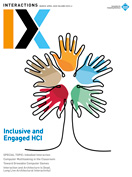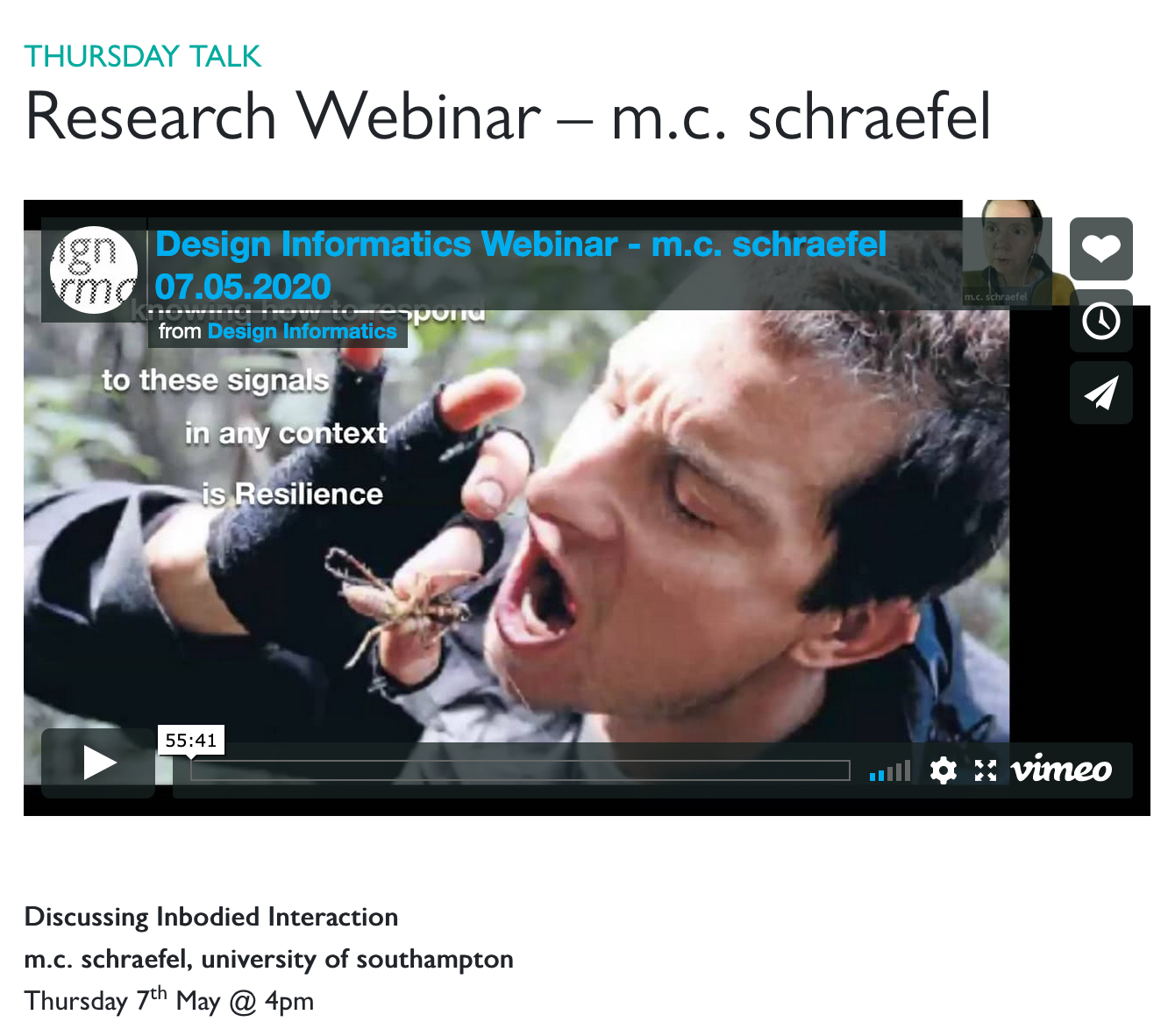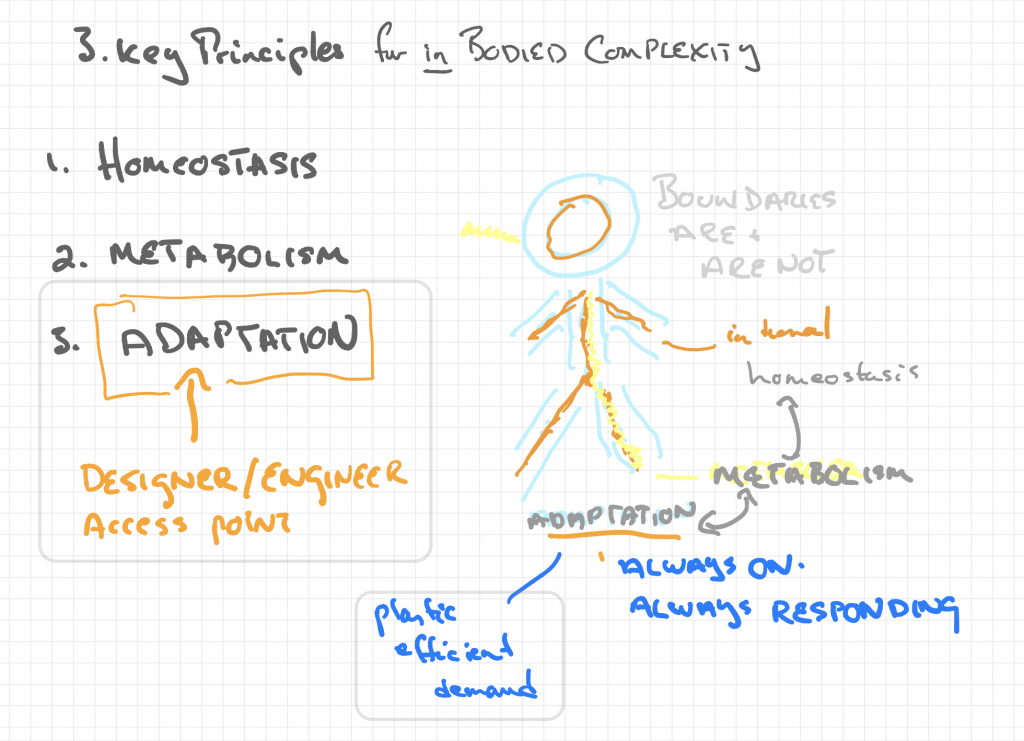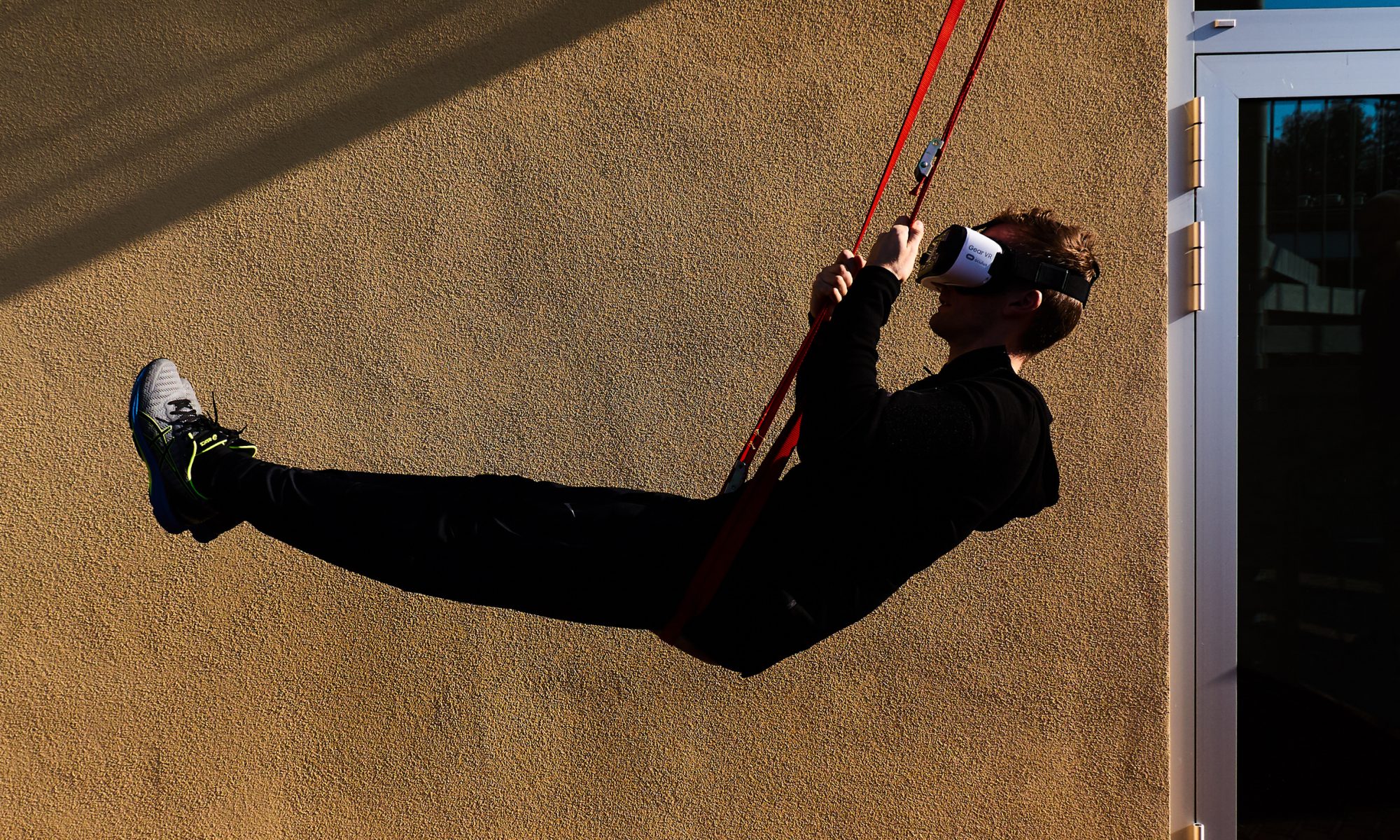We are Hiring Research Fellows (Post Docs) to work with us – email wellth@nopain2.org if you’re an Computer Science, Engineering, HCI (or related) researcher or Software Engineer who wants to design digital interactive tech to help #makeNormalBetter.
We also have PhD support for UK students and EU students with UK status.
Our vision: help #makeNormalBetter for all @scale
Our mission: BUILD WELLTH – to explore, develop, research, innovate, question how interactive technologies and services can be co-designed/tested to support that mission.
Our approach is: Inbodied Interaction to support TUNING to feel, perform, be fantastic – life-long.
Sound interesting? Check out our Inbodied Intearaction Design HOW TO guides
ORIENTATION: An inbodied approach seeks to “align our designs” with how we work, physiologically. We use the inbodied 5 and circumbodied 4 to help explore that alignment (see guide/how to on these concepts).
Some current WellthLab Challenges: –
Challenge 1: Designing to support the Physiology of Co-Presence
We are wired to interact with each other physically – co-present; co-located. And yet with the move to more virtual meetings – for all the conveniences and carbon reductions they seem to afford, many of us are finding ourselves in increasing numbers of virtual meetings.
Questions include:
- What are the physiological attributes of co-presence – in particular those that get leveraged in meetings?
- OF these what properties might we use technology to simulate?
- What is the least amount of new gear someone might need to facilitate such interactions
By assessing what can be better simulated of co-present interaction, we may also have opportunities to better redress loneliness – which is a bigger killer than non-communicable diseases.
Challenge 2: Lifecourse Athletes: Designing interactive environments to promote and support health for the Lifecourse – less screen interaction and eliminating frailty
Increasingly folks in the UK are concerned about maintaining their independence over the lifecourse. A big concern is frailty – people as young as their 40s can become diagnosed as “pre-frail.” We can eliminate frailty by supporting better health practices – leveraging each of the in5 – everywhere. A key challenge for more frail elders is just getting to the bathroom. That takes strength which takes movement, nutrition, practice, sleep and interaction with others. It also takes remembering what to move, eat etc how and when.
Questions/challenges include
- How re-create home environments to be more movement-positive?
- How make interactions less screen intensive, leveraging tangibles; displays – to help provide feedback, progress?
- How help self-assess practice and encourage progress?
- What every day interactions can be translated into more deliberate practice?
- How help explore options rather than prescribe practices?
- How help connect feeling with practice?
- how build knowledge to make those connections?
These challenges require new kinds of sensors, feedback, tangibles and interaction modalities – as well as a lot of co-design – to find approaches that support healthier homes.
Challenge 3: Discomfort as Material for Design
In HCI we strive to make interactions with systems as effortless as possible -this focus has meant that we also have not looked much at how to support what cannot be made effortless – at the discomfort that is a necessary part of physiological adaptation – whether learning something new physically, mentally, socially.
Questions include:
- How can we incorporate discomfort-as-adaptation into our designs where needed?
- what properties are needed to help people stick with the discomfort of adaptation to succeed better socially, mentally, physically?
- can we leverage “deliberate practice” approaches to help here?
- what models can we build that can anticipate discomfortable moments and build these into supportive designs?
Challenge 4: Future Ghosts
Our health journeys are not unlike others. Often we might wish to see how has someone like me handled a journey like this? how long did it take? did they relapse? recover? If we do this challenge well, we might become another person’s health ancestor – where they can see our tracks in a health practice?
Questions include:
- what data do we capture? how?
- how do we aggregate it to offer meaningful and literal lines of enquiry
- what is useful information
- how incorporate both qualitative and quantitative elements
- what can be automated and what can be decorated?
- how useful is it? what components are useful and usable by whom
- when and where is human discussion rather than data simulation necessary
- how might this scale to offer support to explore options
- who is attracted to such an idea? who are the lurkers and contributors
- what is important to automate and what keep manual?
- roles of reflection – and integration with expertise?
- what are success criteria for individuals/groups?
Having such insights into personal practices made socially available – may help make more exploration of health safer, more enjoyable for more people more of the time.

For more insight into what Inbodied Interaction is, please see this Special Topic issue in Interactions Magazine for a set of short articles on Inbodied Interaction topics, including:
 Also -
here's a seminar that's half OVERVIEW of Inbodied Interaction half salon/discussion online. Thanks to Chris Speed and the Design Informatics Group for this great meeting.
Also -
here's a seminar that's half OVERVIEW of Inbodied Interaction half salon/discussion online. Thanks to Chris Speed and the Design Informatics Group for this great meeting.
RELATED ACTIVITIES:
- Special Topic in Inbodied Interaction, co-hosted with Frontiers in Computer Science and in Psychology
- CHI Body as Starting Point Workshops, since 2018 (eg, 2021 workshop)
- The Wellcomm Workshop at CSCW2019, Austin
- The Discomfort Design Workshop at UBICOMP 2019, London
- Last year’s International Inbodied Intearcion Summer School
- CHI Courses including Inbodied Interaction 101 and Inbodied Interaction 102
- inbodied interaction summer school
INVITATION: JOIN US The WellthLab is itself a hybrid of physical meetings and international ongoing virtual collaborations, including UCSD (Eric Hekler), UNB (Scott Bateman, Aaron Tabor), Australia National Unviersity (Josh Andres).
The Lab was started in 2016 and is lead by m.c. schraefel.
We are Hiring Research Fellows (Post Docs) to work with us – email wellth@nopain2.org if you’re an Computer Science, Engineering, HCI (or related) researcher who wants to design digital interactive tech to help #makeNormalBetter. JOB POST: https://jobs.soton.ac.uk/Vacancy.aspx?id=27319&forced=2
We also have PhD support for UK students and EU students with UK status.

History
The WellthLab was started in 2016, and is lead by m.c. schraefel
It is homed at the University of Southampton
in the School of Electronics and Computer Science
Members of the lab include Richard Gomer, PhD and Josh Andres, PhD (WellthLab Fellow)
Current PhD students George Muresan, Sebastian Mititelu
